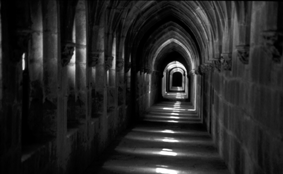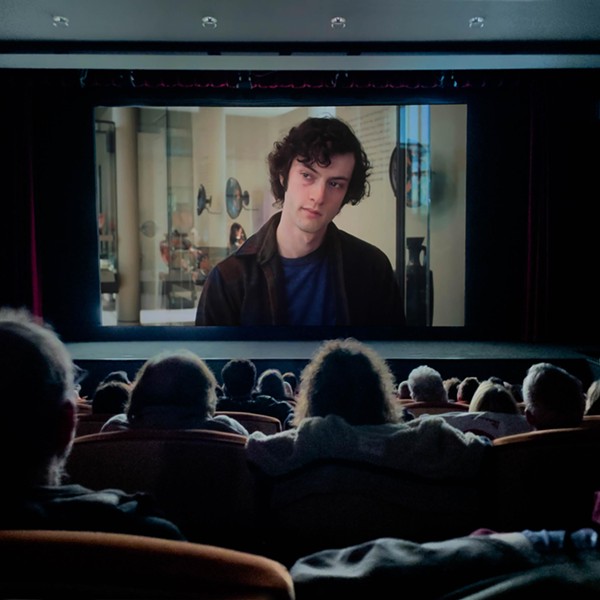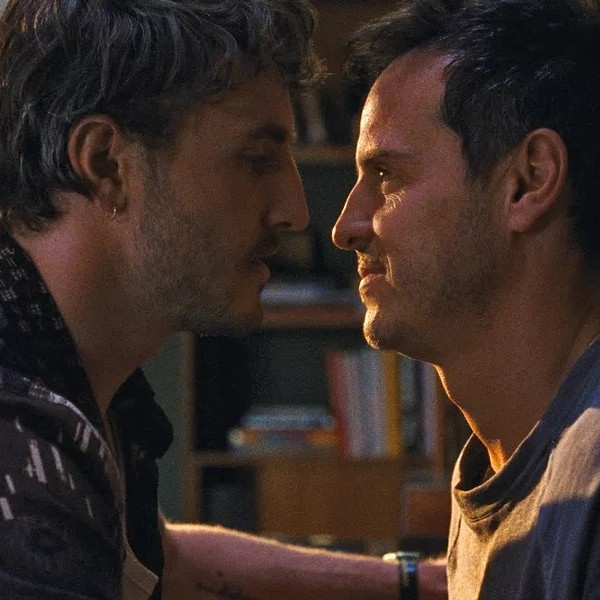Anointed by BAFTA (the British Academy Awards) in 1984 as a young Munich-based director on the rise, Gröning embarked that year upon an audacious project: a documentary about the secretive monks of the Carthusian order of the French Alps. A letter seeking entry to their secret world was answered tersely: It was not the right time. So Gröning went about his career, making features and winning awards. In 2000 the monks summoned Gröning. Now, they told him, it was time.
Founded in 1084 by Saint Bruno of Cologne, this order settled in an alpine monastery near Grenoble, France. In addition to an intense devotion to religious studies, they are also farmers, craftsmen, and, most famously, distillers of a potent verdant herbal brew known to connoisseurs as Chartreuse. Their plain, hooded garb suggests a cult of medieval Jedi knights.
Gröning ultimately spent six months living among the monks of La Grande Chartreuse, serving as sole filmmaker and soundman for his documentary. Even those monks who opposed the project eventually helped him carry equipment. Those seeking an exposé—Carthusians: Beneath the Hood?—will find unanswered prayers in this digital scrapbook. Gröning makes no effort to dig beneath the surface of monastic life nor religious commitment.
There is no narration to the film. The monks, who spend each week in silence and are allowed conversation only on Sundays, do not speak to the camera. Gröning does not interview them. (However, several do agree to sit for the camera and stare placidly into the lens. The effect is both fascinating and unnerving.) When these wards of heaven do chat amongst themselves, they passionately debate scriptures.
In its narrative austerity, Into Great Silence still offers myriad rewards. In every scene, the director wields his camera like a modern-day Vermeer, obtaining stilllifes of startling depth and muted color. We watch the change of seasons from mountaintops, observe melting icicles. We see monks emerge from their simple cloisters to pray with an intensity incomprehensible to our ADHD society. All moments are recorded by utilizing natural light and sounds. When the brothers unexpectedly “kick back” on a wintry Sunday afternoon, their laughter is like a splash of ice water on our lulled senses.
Painstakingly, Gröning has conjured the Carthusian existence. Biblical epigrams about servitude to God and renunciation of earthly goods flash recurringly on the screen to complete the effect. Whether you find the filmic experience hauntingly transcendent or—at 162 minutes—incredibly mind-numbing depends on your own capacity for simple joys.
Into Great Silence will be screened at Upstate Films in Rhinebeck beginning June 8. (845) 876-2515; www.upstatefilms.org.

















